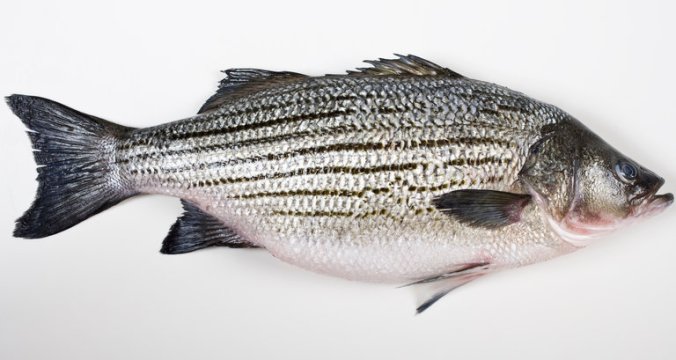
Its numbers fluctuate, but the striped bass is far more common than it was just a few decades ago. Credit Getty Images
Thanks to Mr. Taft and the New York Times for this note of reversed fortunes for the fish, and for the anglers who champion them most vocally:
Striped Bass of the Hudson
By
With the jutting jaw of a mob kingpin and the pinstripes of a Wall Street executive, striped bass swim through the brackish waters of New York Harbor like old-school New Yorkers — as if they own the place.
Stripers were rare in the 1970s, when I learned to fish along the Brooklyn waterfront. Try as I might, I never could catch one, but their magnificent ghosts were celebrated in the tales of old-salt fishermen at the bait and tackle shops I frequented.
Happily, Morone saxatilis has been the beneficiary of managed catch limits, cleaner waterways and simple good fortune. It has become the poster child of successful fisheries management. Though its numbers still fluctuate, there is no denying that the bass is far more common than it was just a few decades ago. When I finally connected with my first — on a hand-tied fly and a fiberglass rod from Alexander’s department store — it was 1981. I still vividly recall the shimmering lavender and gold of a Brooklyn sunset reflected in that fish’s scales.
Striped bass are, scientifically speaking, anadromous. Like salmon, they swim upstream to spawn in fresh water, but head to sea to mature. This ability to survive in waters that range from fresh water to ocean-grade saltwater allows them to live in rivers, oceans, lakes and even large man-made reservoirs. Atlantic salmon and herring are part of this unusual, peripatetic fraternity…
Read the whole article here.